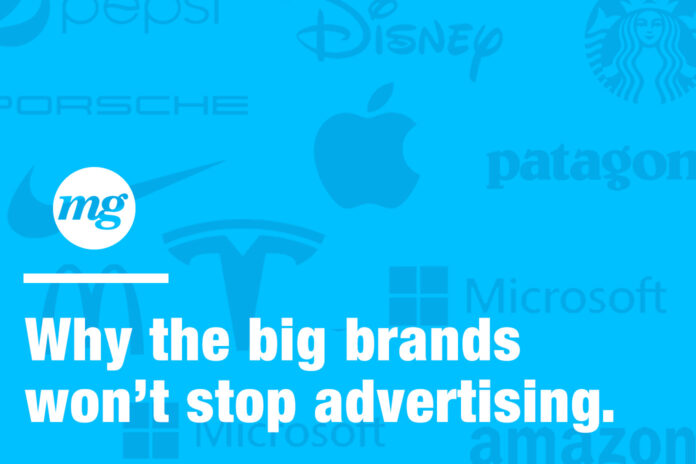Continuous advertising is crucial for any any brand, and those in the cannabis sector are no exception. In a rapidly expanding market with increasing competition and complex regulations, advertising plays a vital role in distinguishing brands, educating consumers, and building trust. These principles apply universally, and it’s important to think big when crafting advertising and marketing strategies.
If you want your brand to be among the household names of tomorrow, it’s time to start acting like one today. To help get you started, here are eight key advertising practices embraced by the largest brands in the world.
1. Brand awareness and reinforcement
Even market leaders need to maintain their brand’s visibility. Constant advertising helps reinforce brand identity and ensures the brand remains relevant.
- Coca-Cola‘s iconic holiday campaigns, like the Coca-Cola Christmas truck, reinforce the brand’s identity globally during the festive season.
- Nike continues to run high-profile campaigns such as “Just Do It” to reinforce the company’s position as a leading sportswear brand and stay relevant to new generations.
- McDonald’s uses consistent advertising to maintain its status as a fast-food giant, promoting new menu items and value deals.
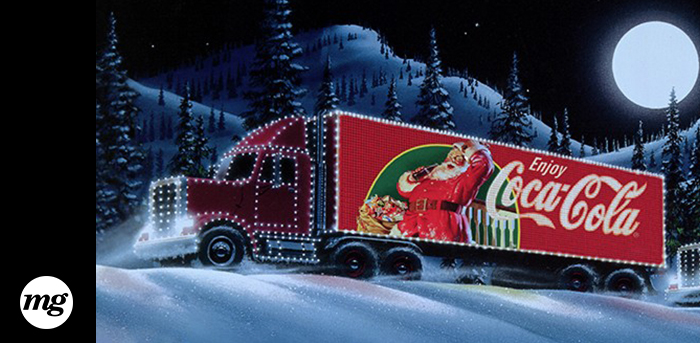

2. Market penetration and expansion
Advertising helps established brands penetrate new markets and expand their consumer base.
- Apple frequently advertises new products and features, ensuring both existing and new customers are aware of the company’s latest innovations.
- Amazon uses advertising to promote services including Prime Video and Amazon Web Services (AWS), penetrating different markets and expanding its ecosystem.
- Starbucks uses advertising to introduce new products and seasonal specials, as well as to enter new geographical markets.
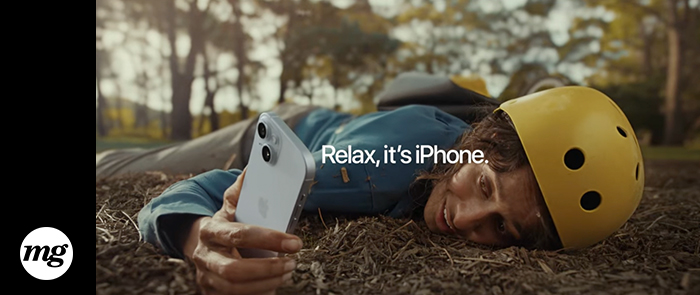

3. Competition and market share
Maintaining market leadership requires continuous effort to fend off competition.
- Porsche advertises to differentiate its luxury vehicles from other premium car brands, emphasizing superior performance and exclusivity.
- Samsung continues to advertise its smartphones and home appliances to compete with other tech giants like Apple and LG.
- Pepsi runs advertising campaigns to compete directly with Coca-Cola, often through comparative advertising and celebrity endorsements.
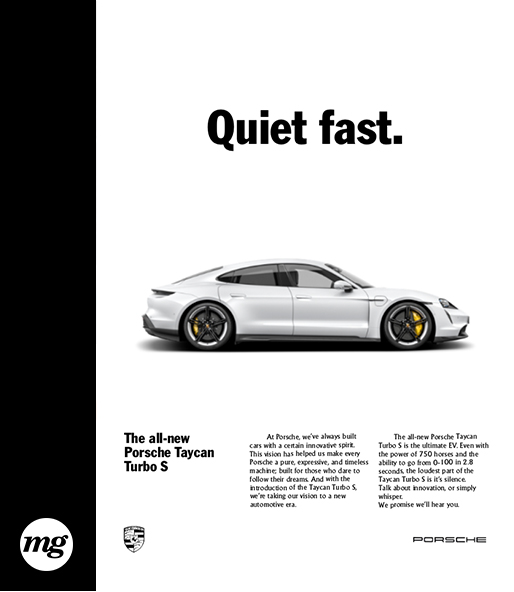

4. Consumer engagement and loyalty
Advertising campaigns can engage consumers, build emotional connections, and foster loyalty.
- Coca-Cola uses heartwarming and nostalgic advertisements to create a sense of community and shared experience between the company and its consumers.
- Disney continuously advertises its parks, movies, and merchandise to build and maintain emotional connections with its audience.
- L’Oréal uses campaigns that promote beauty inclusivity and innovation to foster brand loyalty among diverse consumer groups.
5. Brand evolution and repositioning
Even well-known brands need to evolve to stay relevant.
- Microsoft runs campaigns to reposition itself as a leader in cloud computing and artificial intelligence (AI), moving beyond just Windows and Office.
- Toyota advertises its hybrid and electric vehicles to reposition itself as a leader in sustainable automotive technology.
- IBM uses advertising to highlight its transition from a hardware company to a leader in AI and cloud services.
6. Promotion of new products and services
Established brands often launch new products and services, and advertising is crucial for creating awareness and driving sales.
- Apple uses extensive advertising for product launches such as the latest iPhone or MacBook models to create excitement and drive sales.
- Tesla relies less on traditional advertising, but the company uses strategic marketing to promote new models and features.
- Sony advertises new gaming consoles, games, and electronics to ensure consumers are aware of the latest products.
7. Building a brand image and values
Advertising helps established brands communicate their values and build a strong brand image.
- Coca-Cola often emphasizes themes like happiness, sharing, and community in its campaigns, aligning the brand with positive values.
- Ben & Jerry’s uses advertising to promote social justice initiatives, building a brand image centered around activism.
- Patagonia advertises its commitment to environmental sustainability, reinforcing its image as an eco-friendly brand.
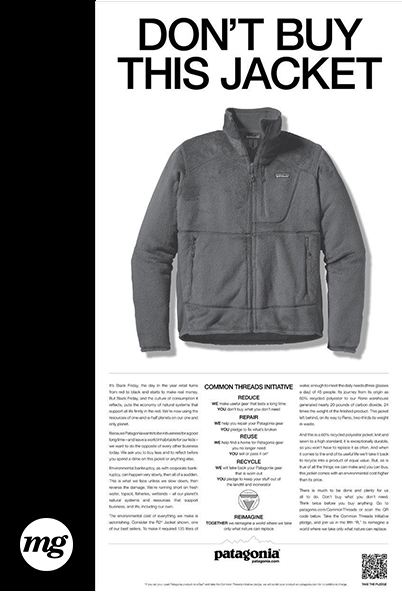

8. Maintaining sales and revenue
Continuous advertising helps maintain a steady stream of sales and revenue.
- Procter & Gamble consistently advertises household brands like Tide and Pampers to sustain sales and keep their products top of mind.
- Unilever uses regular advertising for brands like Dove and Axe to maintain market share and drive revenue.
- Nestlé advertises products across its extensive portfolio, from coffee to pet food, ensuring consistent sales across categories.
Persistent advertising efforts are used to convey the importance of staying relevant, engaging with consumers, and defending market positions. These strategies are not exclusive to giant corporations; they serve as a blueprint for any business aspiring to grow and maintain its presence in the market. By leveraging advertising to build brand awareness, promote new products, and communicate core values, companies can achieve lasting success. By adopting these advertising practices as part of your marketing strategy today, you will pave the way to becoming a household name tomorrow.
To learn how mg Magazine can help, click here.
- SEO Powered Content & PR Distribution. Get Amplified Today.
- PlatoData.Network Vertical Generative Ai. Empower Yourself. Access Here.
- PlatoAiStream. Web3 Intelligence. Knowledge Amplified. Access Here.
- PlatoESG. Carbon, CleanTech, Energy, Environment, Solar, Waste Management. Access Here.
- PlatoHealth. Biotech and Clinical Trials Intelligence. Access Here.
- Source: https://mgmagazine.com/trade-journal/what-cannabis-brands-can-learn-about-advertising-from-the-worlds-largest-companies/


